During our 7 week stay in Kobokara, there were two funerals. Fortunately, only one of these deaths actually happened whilst we were in the village; when we arrived, the first funeral had already been going on for three months. This gave us a unique opportunity to witness funeral culture in this remote location – an unbelievable experience, and one that I hope I am able to convey a little through my comments, and, more importantly, my photography. We were, fortunately, allowed to photograph the whole of both events – another of the many honors bestowed upon us.
The First
The first funeral was going on when we arrived. We were not aware of it until a few days in, but we were asked to make a monetary contribution, which the anthros of course pushed for. We obliged, and were invited to an evening of what I can only describe as celebration. The funeral was for a fairly young individual, who had died, not of natural causes, but of witchcraft. How it had killed them exactly is not clear to me, but the fervent belief in this as the cause of death was astounding.
As I say, this funeral had been going on for three months by this point – the body however, was still not buried, but housed where the individual had died, covered in a shroud. It is important at this stage to point out some traditions: when a person dies, their house is disassembled, and the materials used to construct other houses. The place where the house stood however becomes taboo, and performing bodily functions in it is a serious infraction, and can cause a family to have to sacrifice a zebu. Even treading in the area is frowned upon. The outline of the house is planted with octopus trees, Alluaudia ascendens, so there are several rectangles of these tall, odd trees, spread throughout the village. We think the whole village may actually have migrated north somewhat over time, due to deaths and the inability of people to use the space left behind for building.
The tradition in Madagascar, as in many other countries (but sadly not most European countries) is to celebrate the life of the lost individual, regardless of how they died, or why. Naturally there is grief, but the celebration of life is something that I personally find refreshing. Why mourn the inevitable, eh? Anyways, when we were invited to this ceremony, we did not know what to expect.
It was amazing – singing and dancing. We were invited to take photos of the body inside the house; an opportunity that could not be turned up. The dancing that followed was incredible – spiritual, and engrossing. It actually got a bit too happy at one point, and a man stood up from the family affected, and told them that they should be singing to take away from the grief, not to entertain. It was therefore with great concern that I stood up with my two anthros, and sang a few songs (kumbaya, hakuna matata, and a few others – ridiculous, right?). We were greeted with hooting laughter from everyone, even the family, who appreciated our efforts, despite our poor vocals and lack of dancing ability. Naturally, Hakuna Matata became a HUGE hit, and we were asked to repeat it at least once a day for the rest of the expedition.
The whole funeral was magical – that they still remember powerfully enough to be mournful, but are happy enough to entertain, three months after the passing of their family member, was inspiring.
The Second
During our stay in the village, a man died. This was not just any man; this was the oldest, and richest man in the village. Old does not quite put a scale on it – we were told that he was 102 years old, and his wealth, we were told, was immense. We were invited to the funeral, as part of the family we were staying with. But this was a completely different event. I find it difficult even to draw comparisons between the two funerals, so different were they in scale and feel.
It seems that, when a person dies, if they have no will set out, the family will squabble over their possessions and the inherentance. What I understood, and this may not be true due to miscommunications from language barriers, but what I understood to occur was when a young individual dies, their wealth passes to their family, and, as they are typically less wealthy, none of their livestock is sacrificed. This is not the case of older people – when an old man dies, his wealth is divided amongst his family, and some, if not most of his livestock, is sacrificed. That’s usually a fairly easy job, but when your old man owns 200 head of cattle, and in excess of 2000 goats and sheep, a mass slaughter is hardly economically viable.
I should qualify that wealth and livestock are synonymous here – when you have enough money, you buy a goat or a zebu. The animals are as much currency as notes are, and better, for animals do not inflate. The price of a goat is pretty solidly around 40,000-60,000 ariary; the price of a cow closer to 180,000. Animals are essentially living cash bonds – a neat little way to prevent having to carry 4 kg of 10,000 notes (the largest available note in Madagascar – worth about £3.20). For this part of the funeral alone, four zebu were slaughtered. The irony of course is that nobody can eat the meat! It is taboo for the family (that is to say, the whole village) to consume the meat, so they gave a large portion to us (win!). Still, none of the zebu left by the deceased are good for food anymore apparently, because it is like consuming his spirit, or something to that effect.
Being the richest man in the village affords you, I suppose, some connections with people from neighboring villages. This was certainly true for this man, for to the funeral came, not just the entirety of Kobokara (some 260 individuals to itself), but also the whole of the surrounding villages – Besely, Anja, Bekiria, and others – and even individuals or groups from further afield. And come people did; there must have been some 400 people at the funeral at one point.
Arrival during the day was a simple affair of showing up, shaking some sticks and paying respects. But at night, it is a whole different affair. Travelling between villages at night is done at a trot, while singing what we refer to as “the running song” – an amazing song that makes the kilometers disappear beneath your feet and breath. We travelled this way one night to Besely, to a night of “environmental movies”, which turned out to be nothing but hilarious Malagasy music videos running on the President of Besely’s DVD player and massive sound system (so apparently, this man is really rather rich himself, though how he came to this wealth I cannot imagine), but I digress.
When first we arrived at the funeral, we were introduced, and sat down. Soon however, we were up on our feet again, and heading into a house owned by one of the family members of the old man. Inside were a variety of foodstuffs, which we ate tentatively, for, out of respect, you must partake, but out of concern for your digestive system, you really ought not to. Still, I am happy to report that no ill came of our communal dining with 12 people from a single bowl of rice and beans.
We returned thereafter to the funeral circle. The family affected lived at the southernmost end of the village, and the funeral ceremony took place around an enormous tamarind tree (a sacred tree apparently, though I did manage to procure some tamarind from it later in the expedition) in the middle of their, for lack of a better term, family compound.
It is here that the dancing, and the greeting go on. The greeting, and indeed the whole of both this and the first funeral, is lead and overseen by a single man, whose name or position I do not know. He was also involved in many of the official meetings we had.

The leader of both funerals, and all other official proceedings, but not the president of the village
And then commenced the dancing. I wish that I had the volume of photographs to be able to make a post dedicated to dancing alone, for the variety and skill of the dancers and dances is astounding. They require coordination and strength in equal quantities, and often maneuverability of parts of the body I did not think were moveable.
The particular dance of the funeral is called benaiky, wherein the men form a circle, whilst the women stand at the side and sing (okay so they dance a little too).
The men are lead by a single individual at the end of the circular line, as it rotates counter-clockwise. The leader shakes his hands, and bends in a variety of directions and contortions, usually facing into the middle of the circle, but occasionally forwards, as he leads the circle around, and the others follow suit.
All the while, they stamp their feet with such force that it can be felt and heard some 200 metres away, on the other side of the village. We joined in on several occasions, though this first time, the result was 20 seconds of dancing and 5 minutes of raucous laughter at the team’s miserable abilities (fortunately, I stood at the side and photographed, unfortunately not with my own camera, rather than taking part, so I got to laugh along).
After dancing, all of the men return to their places in the crowd, and the next bunch, often village subsets, take up the position in the circle.
I spent a lot of time photographing individuals and onlookers on the ceremony. There were so many beautiful faces and expressions, I was spoilt for choice. The colour and variety of the lambas (cloths) makes for some fantastic photography.
The dancing is interspersed with gunfire. Not from afar, and not from live rounds, but from blanks manufactured during the ceremony (live rounds cost 10,000 ariary a shot). The men come into the centre of the area, load their guns, close the barrel (occasionally firing accidentally because of an already pulled trigger), and point the guns in the air and fire. The safety of the whole thing caused Matthew to duck repeatedly, as men casually slung their weapons around. The gunfire, by the way, continued long into the night, for weeks – on many occasions we were woken at 4 in the morning by it.
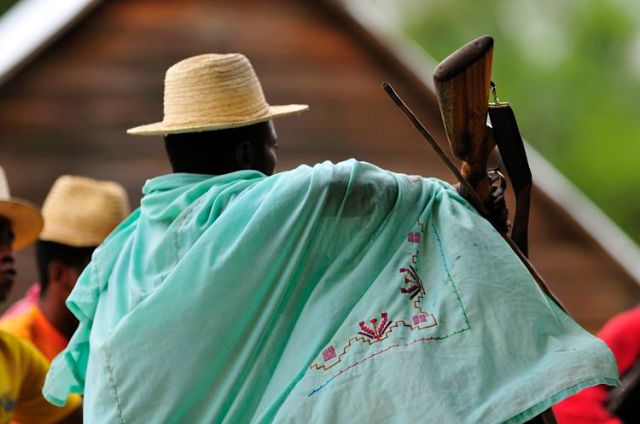
Some of the respectable men in society wear lambahoanys that look suspiciously like tablecloths. Also, they dance with their guns.
And so it continued. Eventually, the dancing stopped, and tension palpably increased. We were eschewed to our feet, and then to the road, for now was the presenting of the wealth – apparently a common thing at funerals. Then came the whistles and hoots of the cattle herders, above the thunder of hooves, as all of the cattle in the man’s possession were driven to the edge of the village, and then around to the side. Herding so many zebu through the village itself would be disastrous.
Soon afterwards, the crowds turned, as the goats and sheep were herded, this time straight through the funeral area, in front of the old man’s house. Two thousand goats pass in an astonishingly short period of time, the stragglers carried by young boys, behind the vast herd. Apparently several of the zebu, and presumably also some of the goats and sheep, were lost in the forest on the way to this ceremony – free game for anyone who found them, which lead to some men leaving in quite a hurry.
So happy was the tone of the whole event, it was difficult sometimes to remember that this was a funeral. But the grief was still there. It manifests in the morning particularly, as people gather to cry, before, later in the day, they begin once more to celebrate.
It is not my policy on this blog to make huge observations or express my views too strongly, but this whole experience has led to some serious considerations on my part regarding life and death and all that jazz. I cannot convey those thoughts in writing, so I will not try, but I do like to take a moment and think: “hey, life is pretty beautiful”.
Maybe I’m a hippy now. I dunno.
I hope you enjoyed reading and seeing this post as much as I enjoyed shooting and writing it. The next post, Science, will follow on Tuesday.


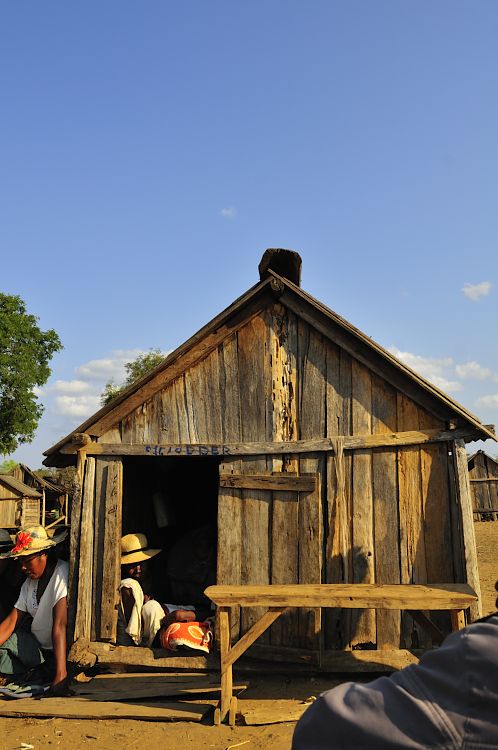













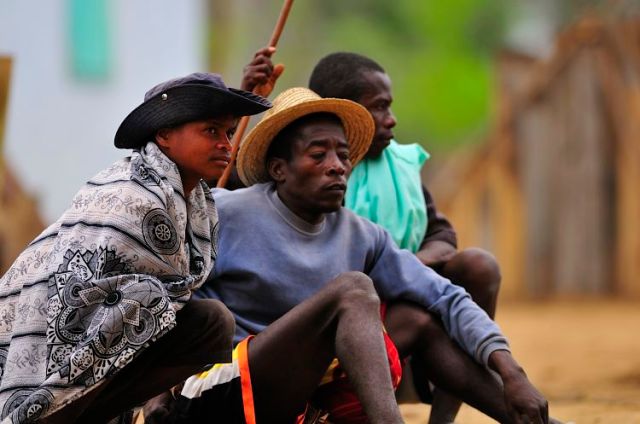



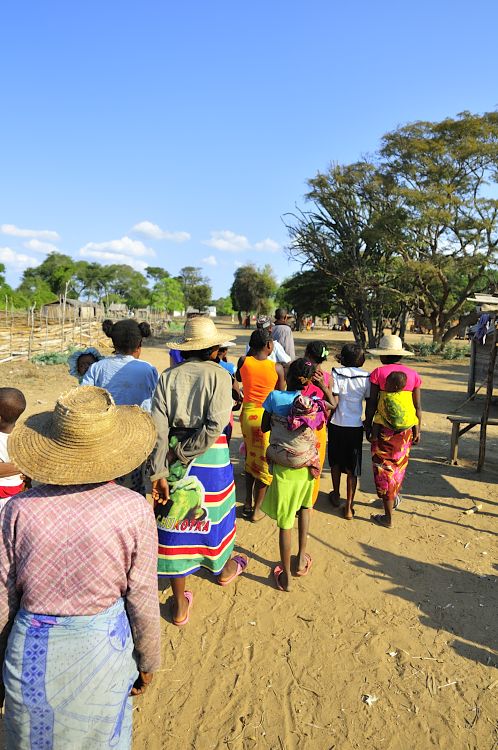
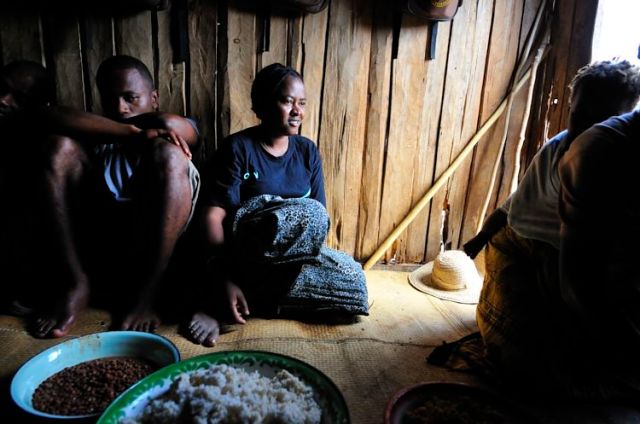



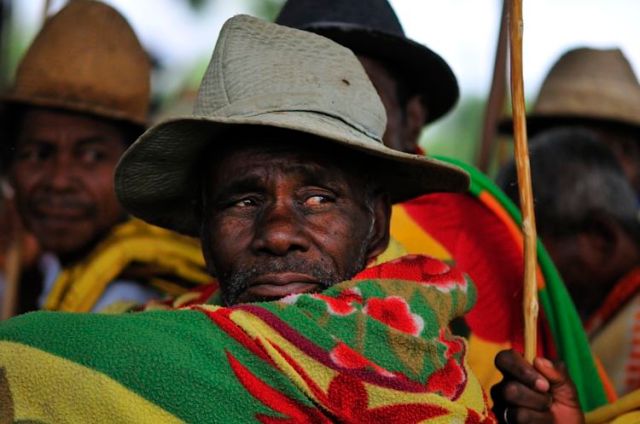

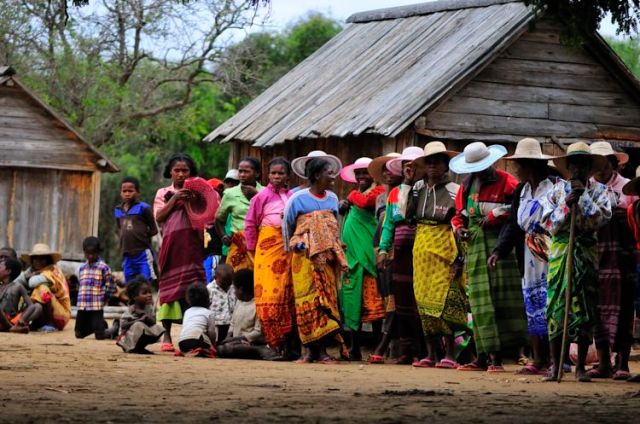


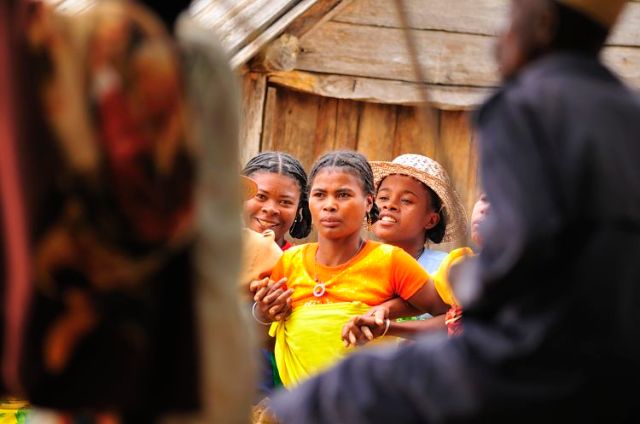
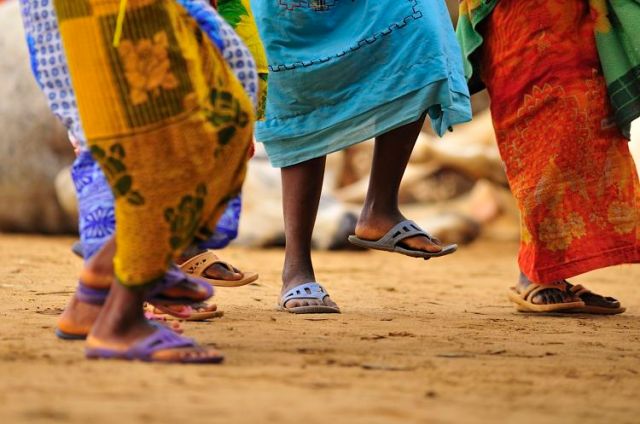


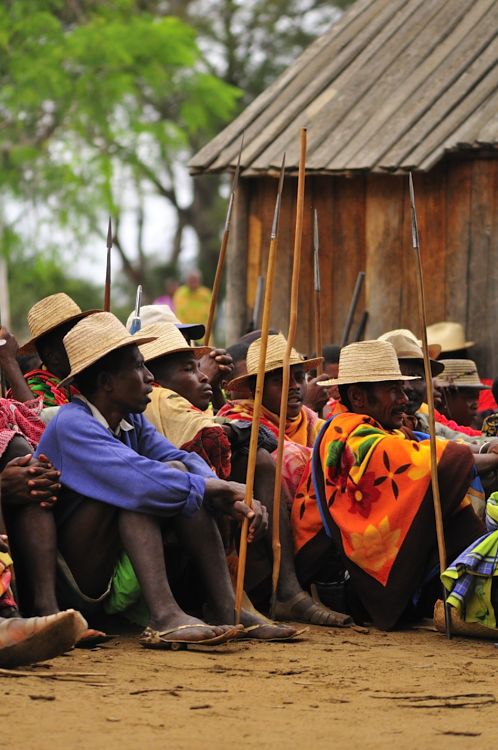


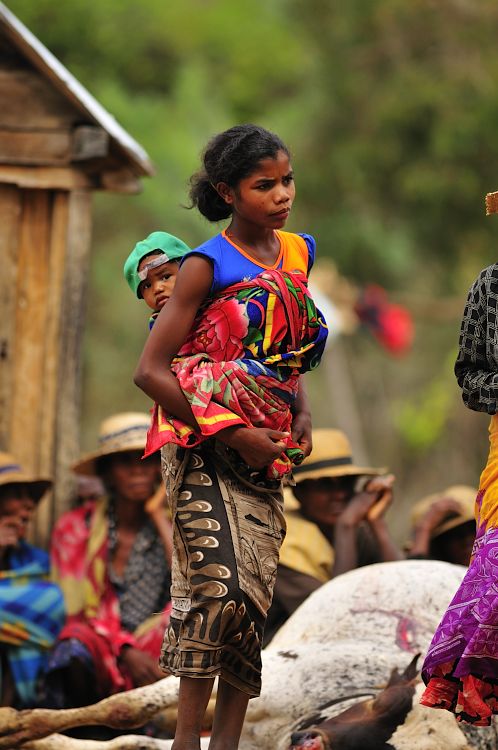








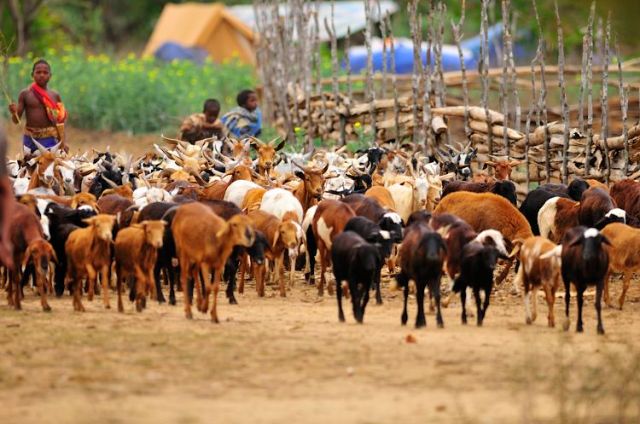

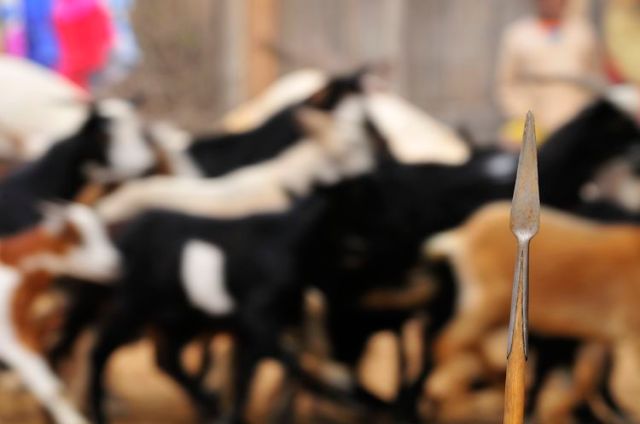

Great, Mark! Thanks for the sights and insights.
so beautiful and interesting pictures!! 😀
it’s anlu btw hahaha